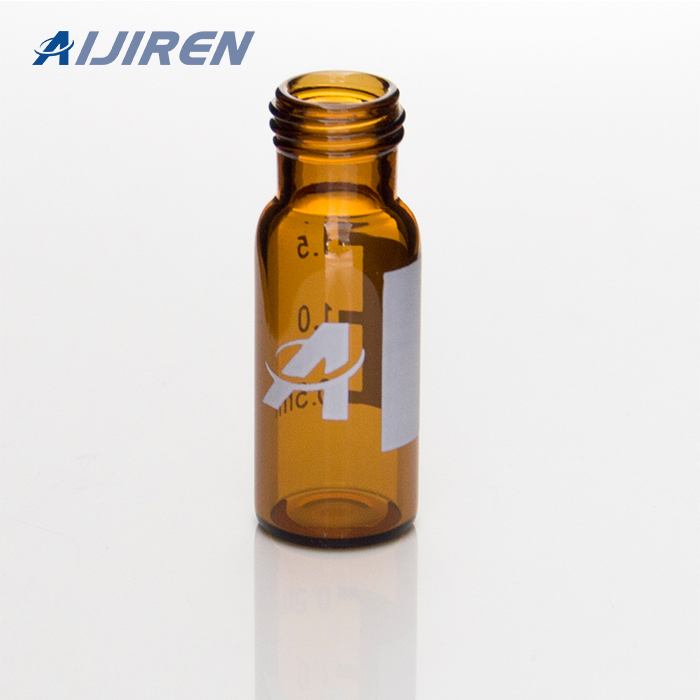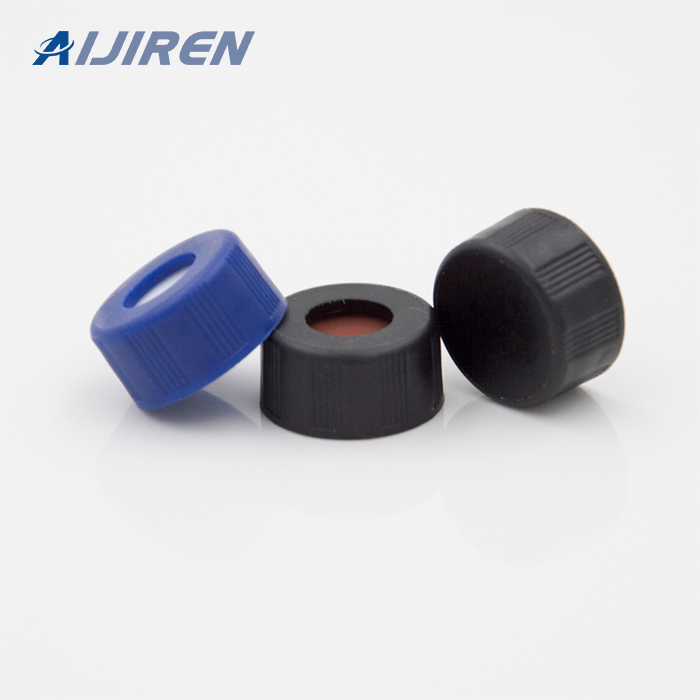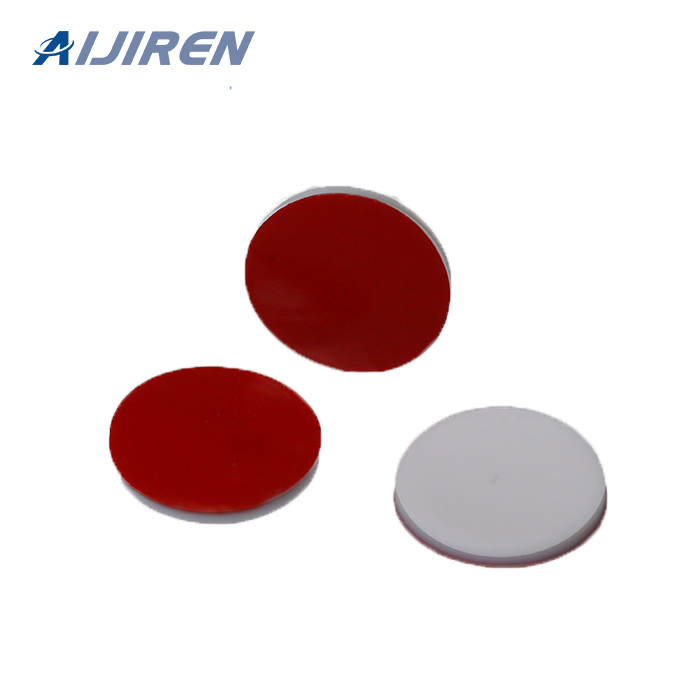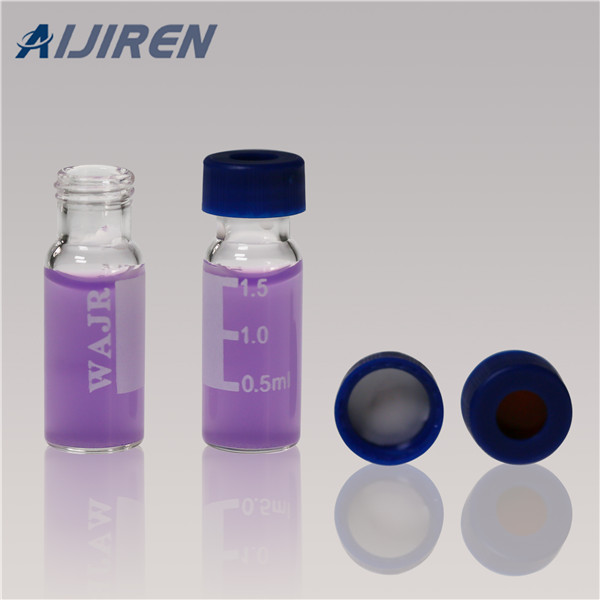



Ready-to-use, pre-assembled vial-insert combination with screw neck N 9 Another convenient option to firmly integrated inserts in glass or plastic vials Avoids tricky insertion of inserts into the vial and - along with it - possible risks of contamination
Amber glass vials are useful in preventing the sensitive analyte under investigation from exposure to UV light. Screw top vials (volume 2 mL, amber glass vial) are used on many autosamplers with a standard opening of 6 mm. The threads on the standard vials are 10-425. Other Notes The diameter of inserts varies between manufacturers.
SKS Science a range of high recovery plastic lab vials to reach your laboratory needs. Select from amber or clear thermoplastic polymer, providing excellent dimensional tolerance reliability for capping and instrumentation use, and safety from breakage as well.
Uniformly flat bottom for security with inserts I-D vials feature write-on patch with graduations at 0.5, 1.0, and 1.5mL Target Snap-It vials can be used with snap caps or aluminum crimp seal closures Plastic Vials Polypropylene vials are an economical alternative to glass
1.5mL 8-425 Screw Neck Vial ND8 1.5mL 9mm Short Thread Vial ND9 1.5mL 10-425 Screw Neck Vial ND10 1.5mL 11mm Snap Ring Vial ND11 1.5mL 11mm Crimp Ring Vial ND11 4mL 13-425 Screw Neck Vial ND13 1mL Shell Vial Micro-Inserts Vial Racks Hand Crimper, Decrimper
Thermo Scientific crimp top vials for HPLC and GC are available in 8mm, 11mm, or 13mm crimp border diameter in clear and amber glass and plastic. Microsampling options for small-sample-volume injections include one-piece microvials and standard inserts added to crimp top vials.
Stock up on lab vials at Grainger to help ensure you'll have the right vial when you need it. Polyethylene vials with caps can safely store samples for food, dairy, cosmetics, petroleum and environmental laboratories. Autosampling chromatography vials feature high-quality materials to help meet demanding industry specifications and tolerances.
Autosampler Vials, Caps, and Closures Thermo Scientific™ Open Top Screw Caps for Sample Storage Vials Thermo Scientific™ Sample Storage Assembled Screw Vial Kits
Shell Vials, Limited Volume (15 x 45 mm) with Snap Plug Waters 48 Autosampler – 27538 (3 mL) Waters 96 Autosampler 33321-U (1 mL) 27537 (0.7 mL) Screw Thread, 15 x 45 mm Waters 48 Autosampler 27111 (4 mL) 27435 (2.5 mL) Standard Opening Vials Screw thread, 12 x 32 mm 27078 (2 mL) 24709 (0.75 mL) 33206-U (0.1 mL) 24712 (0.1 mL)
Maximize your lab efficiency with fewer failed assays and limited instrument downtime caused by vials out of specification. You can choose from Waters broad range of vials, each one is held to tight
Autosampler Vials, Caps, and Closures Thermo Scientific™ 9mm Clear Glass Screw Thread Vials Nearly eliminate septa push-through and improve sealing with vials built with the innovative Advanced Vial Closure System (AVCS).
Vial inserts are a solution in applications where there is limited sample volume. Choose the appropriate volume insert for your sample volume and vial size. Polypropylene Insert with Polyspring for 8 x 40 mm Vial, 200 µL Volume, 1000/pk - 186001728 : Waters
This vial is designed for use in the Waters WISP™ 96-Position Auto Sampler. Available in clear and amber borosilicate or polypropylene for easy disposal. These vials feature thicker walls for safer sample handling. The limited volume shell vials have a precisely designed conical bottom which permits maximum sample evacuation.
Thermo Scientific™ Premium Pack Amber Glass Vials with 0.060″ Septa feature protective packaging, and a thinner septum that is optimized for automation. Hard foam divider holds vials securely separated, each in their own individual cell for ultimate vial protection. Hard foam sectional
The QSertVial ™ is the ultimate microsampling device. It contains a 300 μL glass insert that is fused to the vial to form one precise integral unit. The rim of the insert is positioned slightly above the top of the vial so the septum can make a secure seal with the closure, eliminating evaporation and cross contamination. The insert is centered into the vial, 2 mm from the bottom, allowing